An Indian kitchen is more than just the masala dabba you see a desi mom use as she cooks. It's actually full of unique tools, cookware, serveware, and drinkware that makes cooking and enjoying Indian food so much easier.
You may recognize several tools or notice slight modifications to something that's already in your kitchen that improves on the design for a specific purpose. There may also be several items you've never seen before but will find it handy for Indian cooking and even other cuisines!
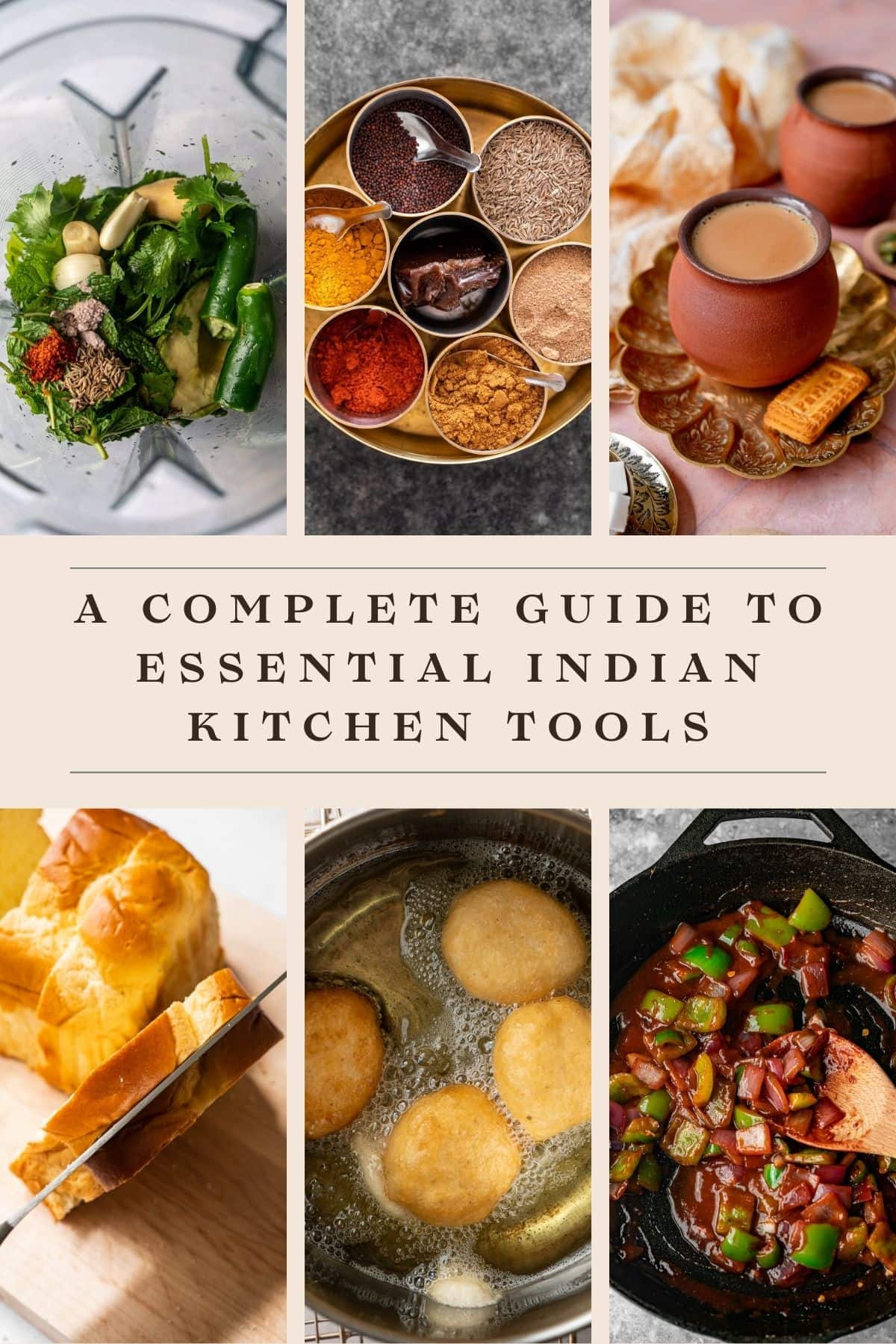
So welcome to Kitchen Tools for an Indian Kitchen! You'll find that I have provided an incredibly comprehensive list of tools used in most Indian homes to cook and serve food. The essentials will help you make the best flatbreads, curries, desserts, and fried foods.
If you've always wondered what some of the serveware was that you saw at a restaurant or someone's home, which wok to get, or you're ready to upgrade some of your kitchen tools then you've come to the right place!
You can directly click some of the photos and links to check out exact items I recommend and have in my own kitchen. You can also shop my Amazon Storefront's Desi Kitchen List!
Jump to:
- Cookware
- Kadhai / Karahi (Indian Wok)
- Traditional Wok
- Jhaara (Frying Utensil)
- Chimta (Tongs)
- Tadka Pan
- Stainless Steel Saucepan
- Rice Cooker
- Instant Pot
- Tawa
- Dutch Oven
- Kitchen Tools and Appliances
- High Speed Blender
- Garlic Press
- Mesh Strainers
- Colander
- Cutting Board
- Knife Set
- Box Grater
- Food Processor
- Cooking Food Thermometer
- Charni
- Sancha Machine
- Stand Mixer
- Jalebi Cloth / Squeeze Bottle
- Chakla / Belan
- Mortar and Pestle
- Spice Grinder
- Masala Dabba
- Spice Jars
- Mason Jars
- Serveware
- Kulhad
- Lassi Glass
- Karahi Serving Dish
Cookware
Kadhai / Karahi (Indian Wok)

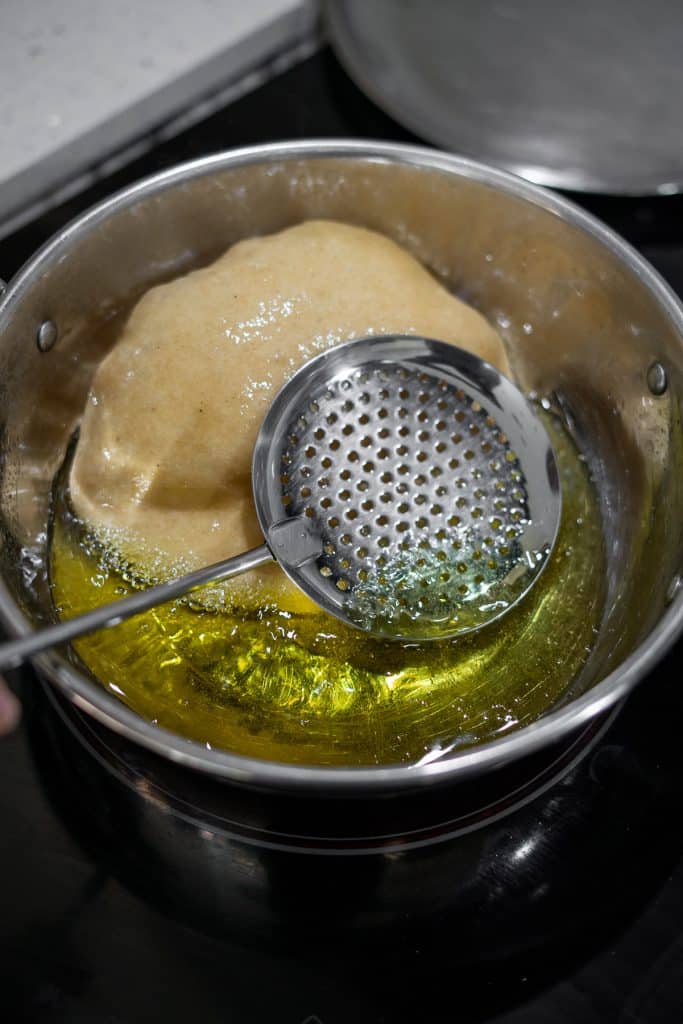
Traditional Wok

Jhaara (Frying Utensil)

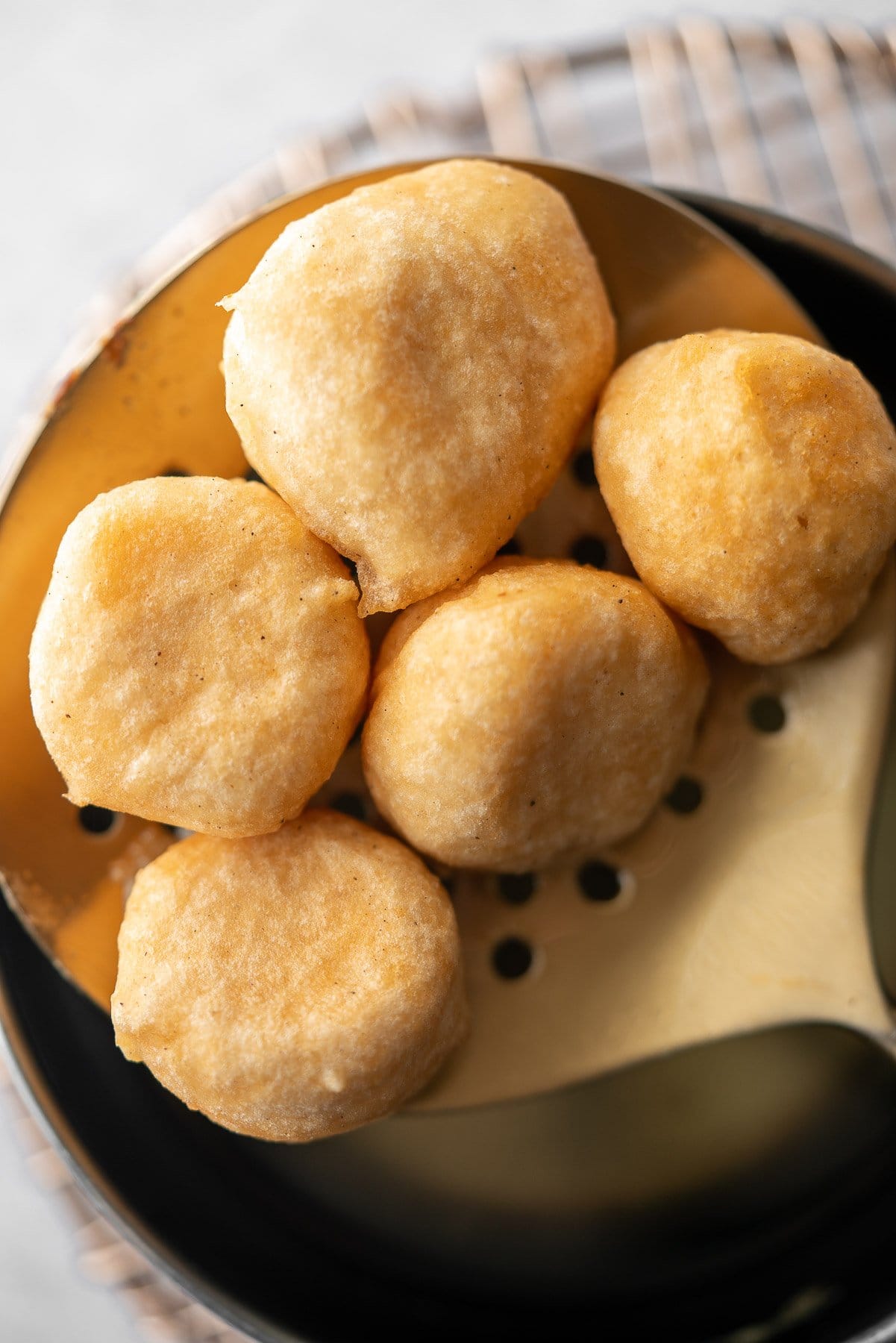
Chimta (Tongs)

Tadka Pan

Stainless Steel Saucepan

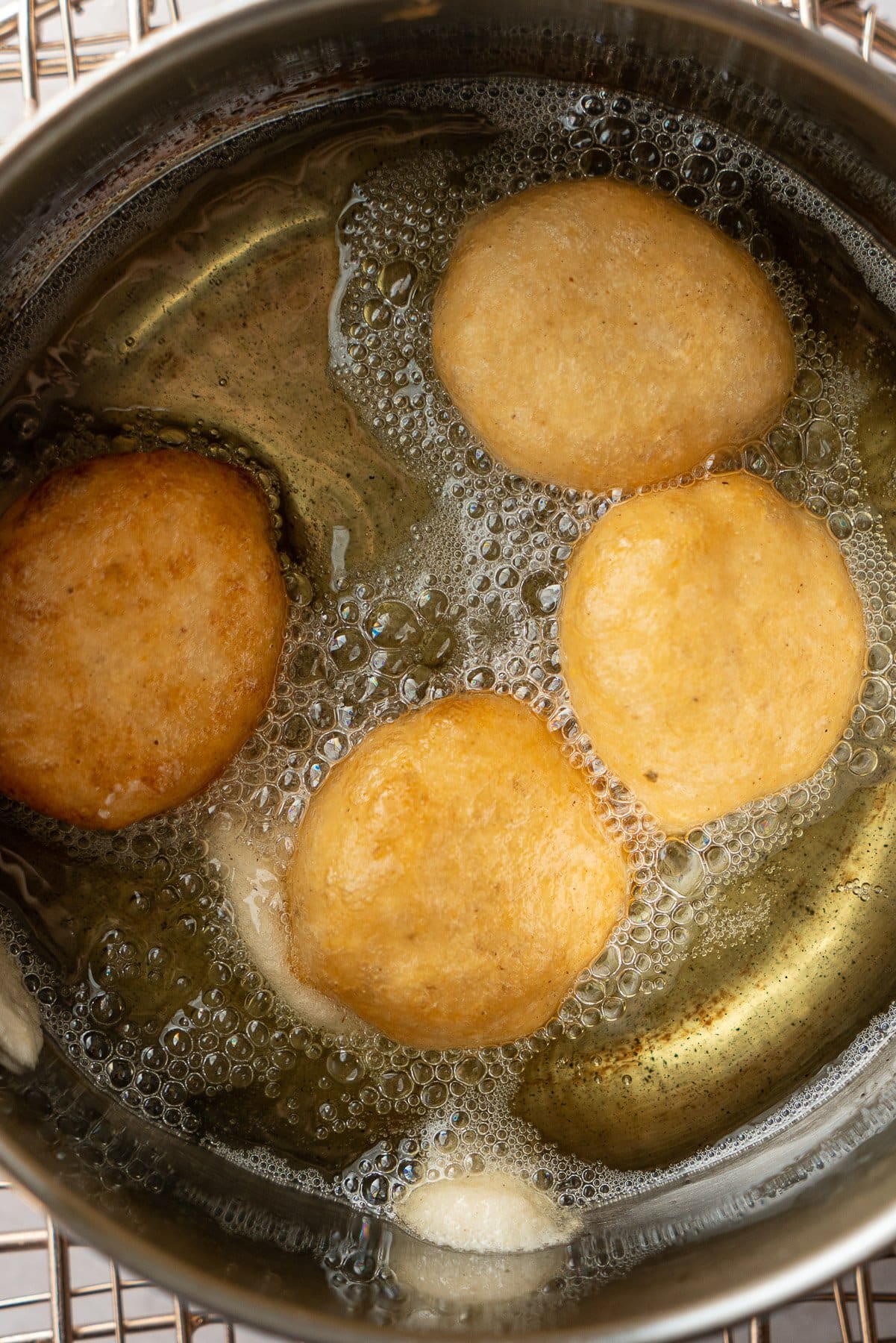
Rice Cooker

Instant Pot

Tawa

Dutch Oven

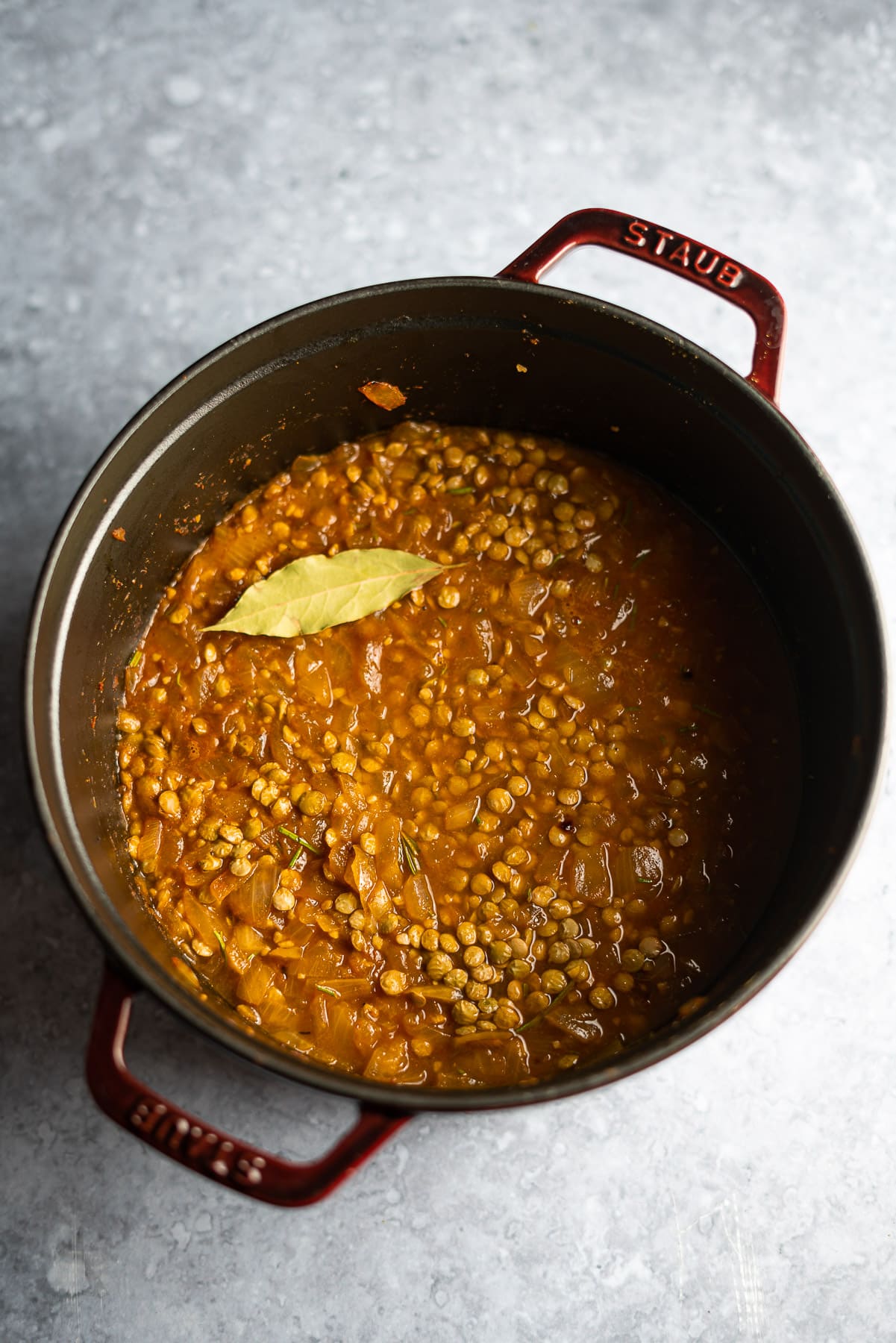
Kitchen Tools and Appliances
High Speed Blender

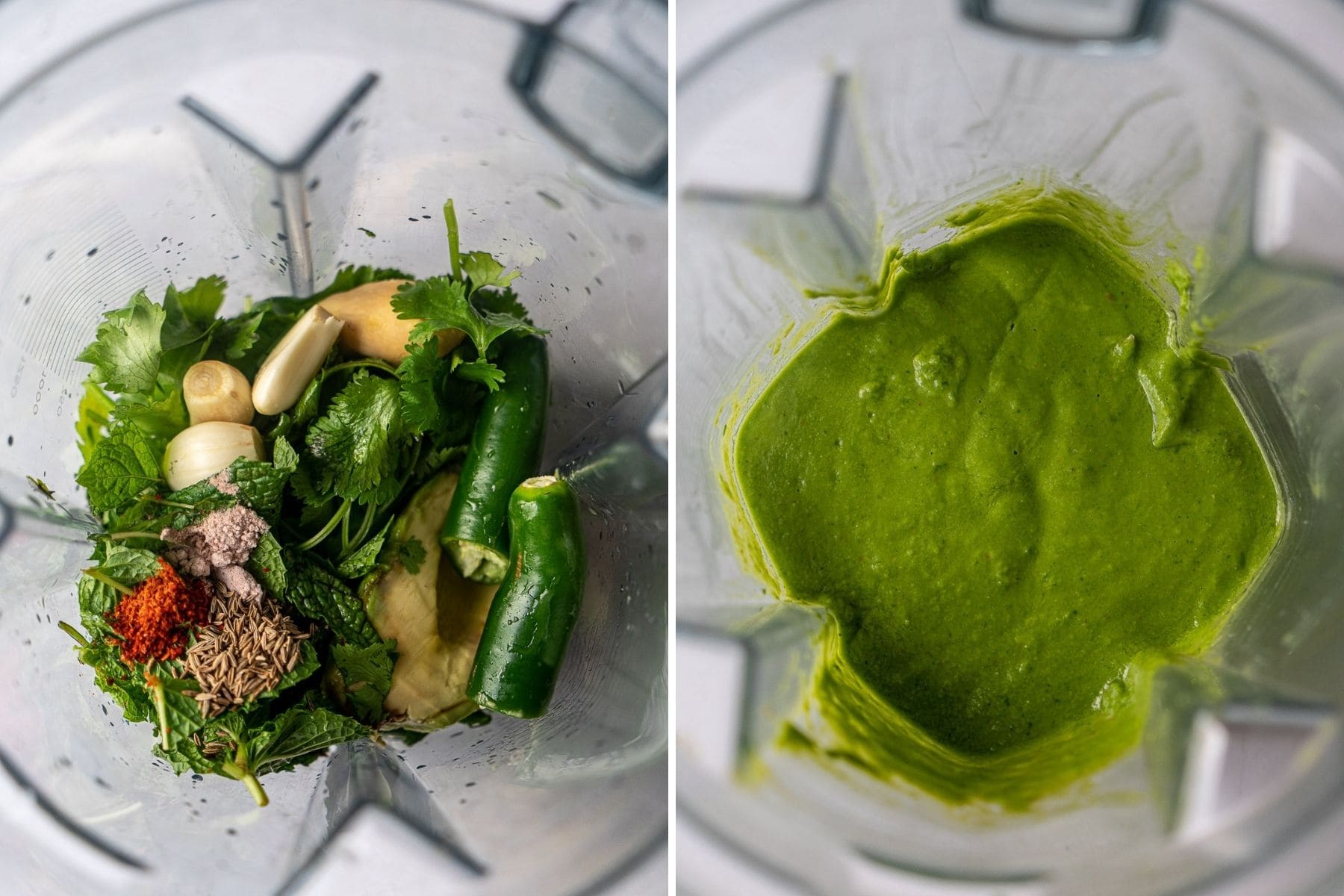
Garlic Press

Mesh Strainers

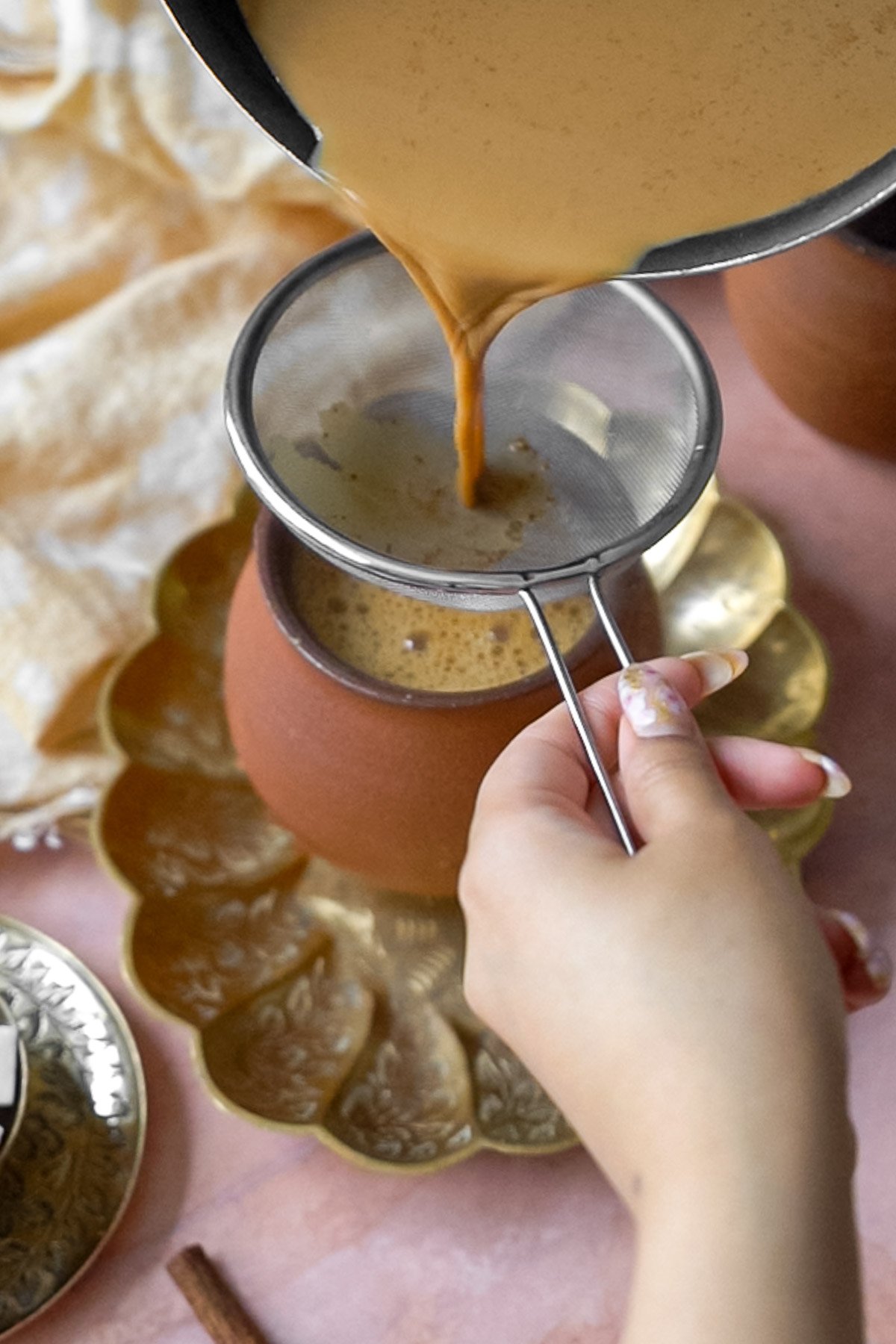
Colander

Cutting Board

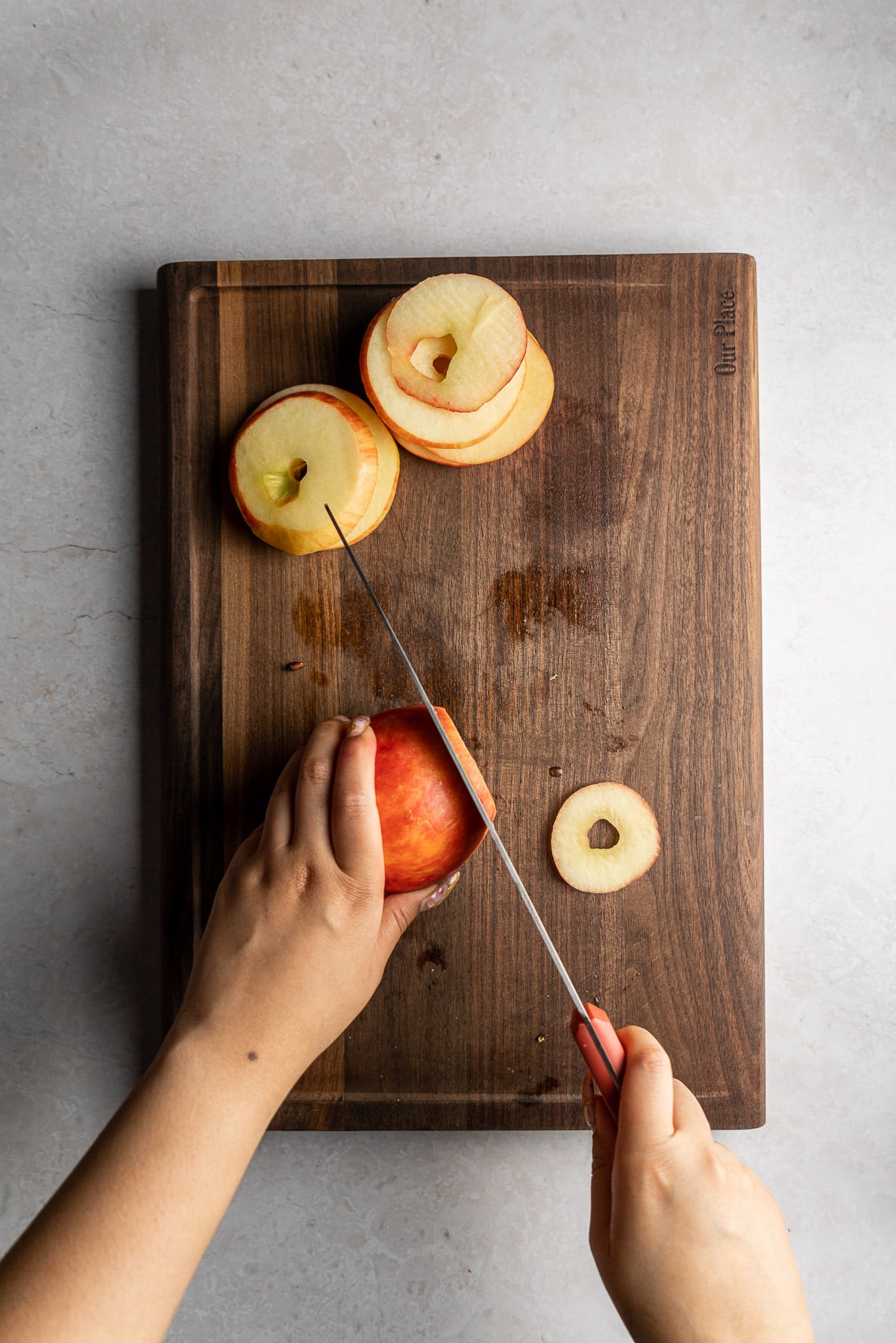
Knife Set

Box Grater

Food Processor

Cooking Food Thermometer

Charni

Sancha Machine

Stand Mixer

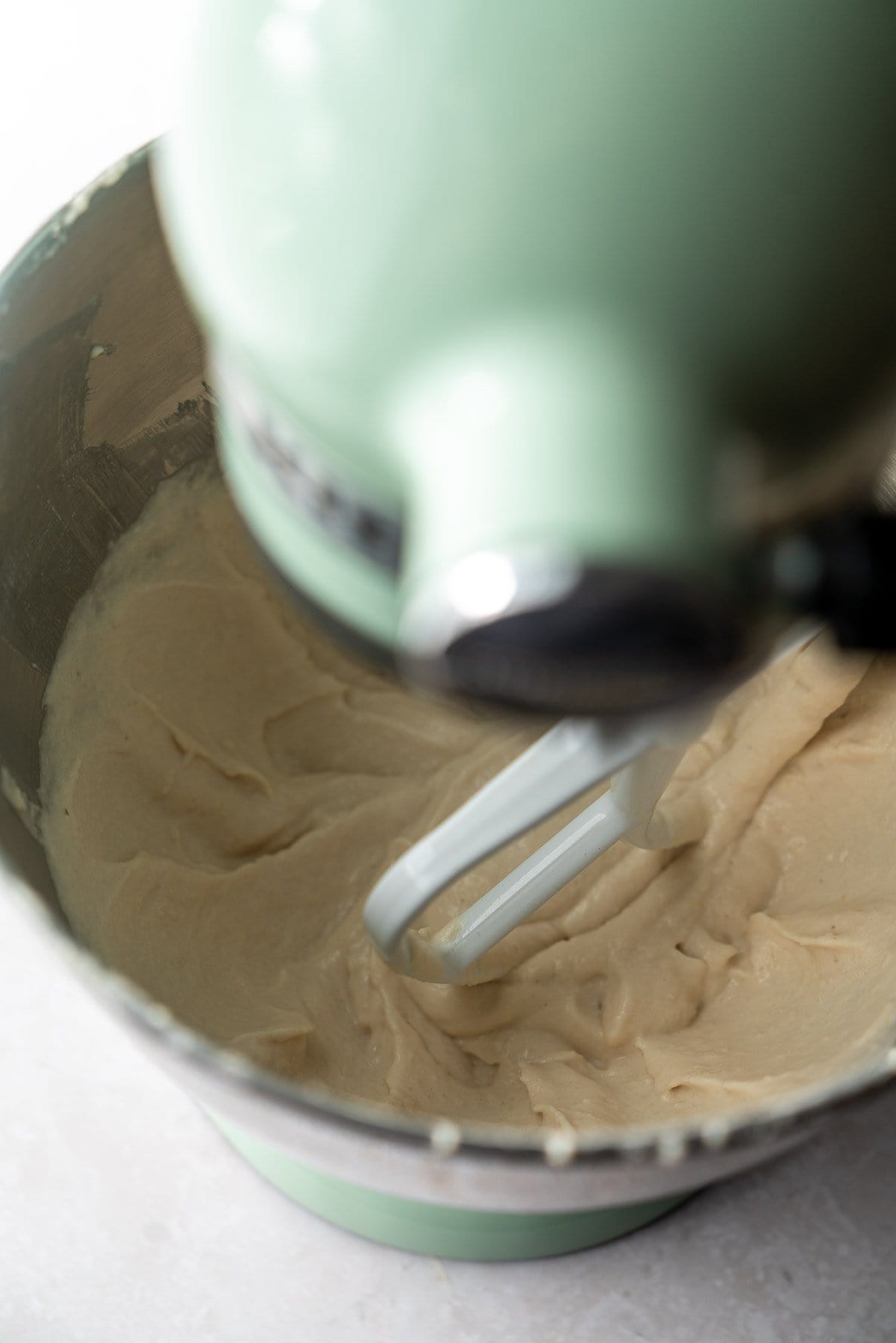
Jalebi Cloth / Squeeze Bottle

Chakla / Belan

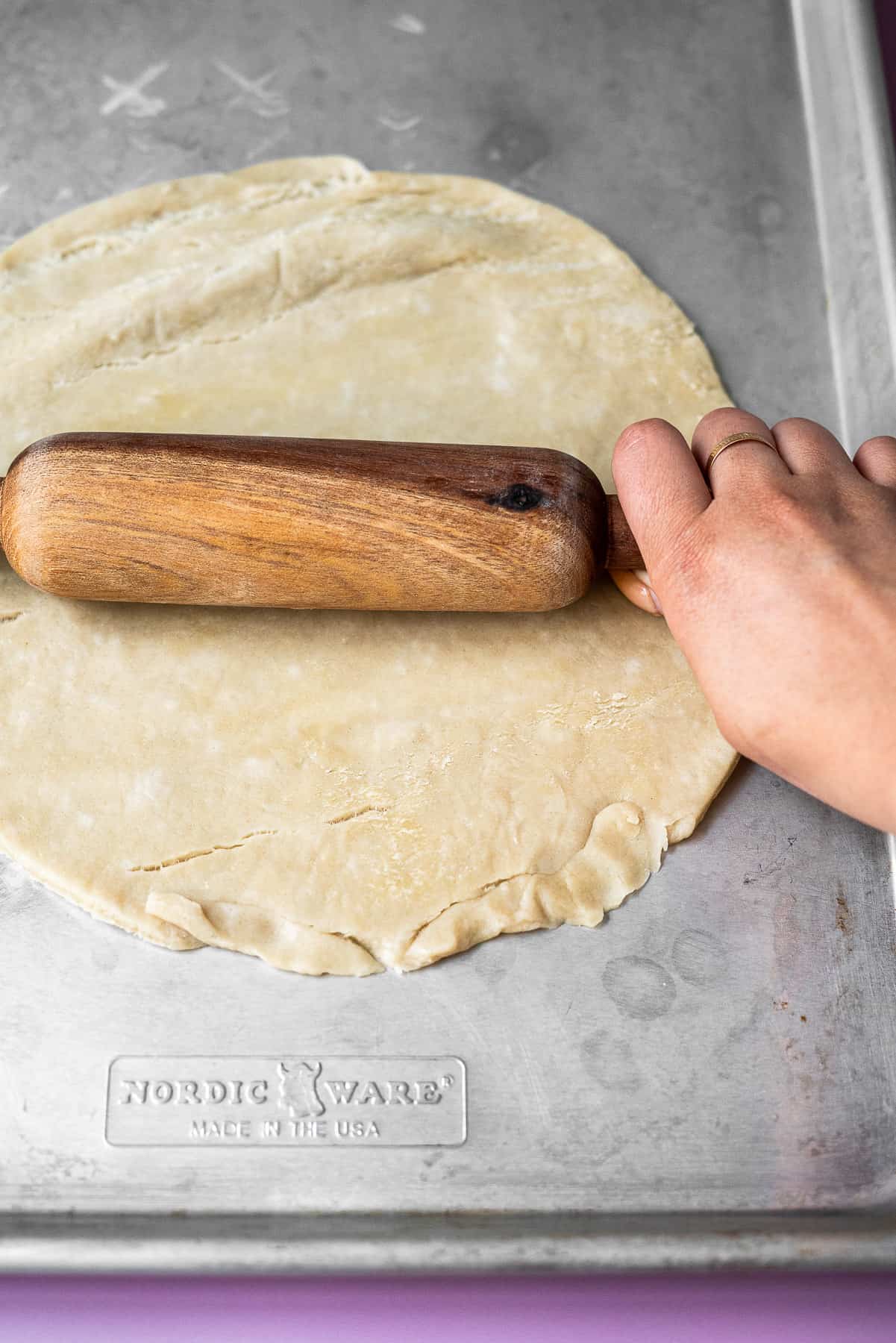
Mortar and Pestle

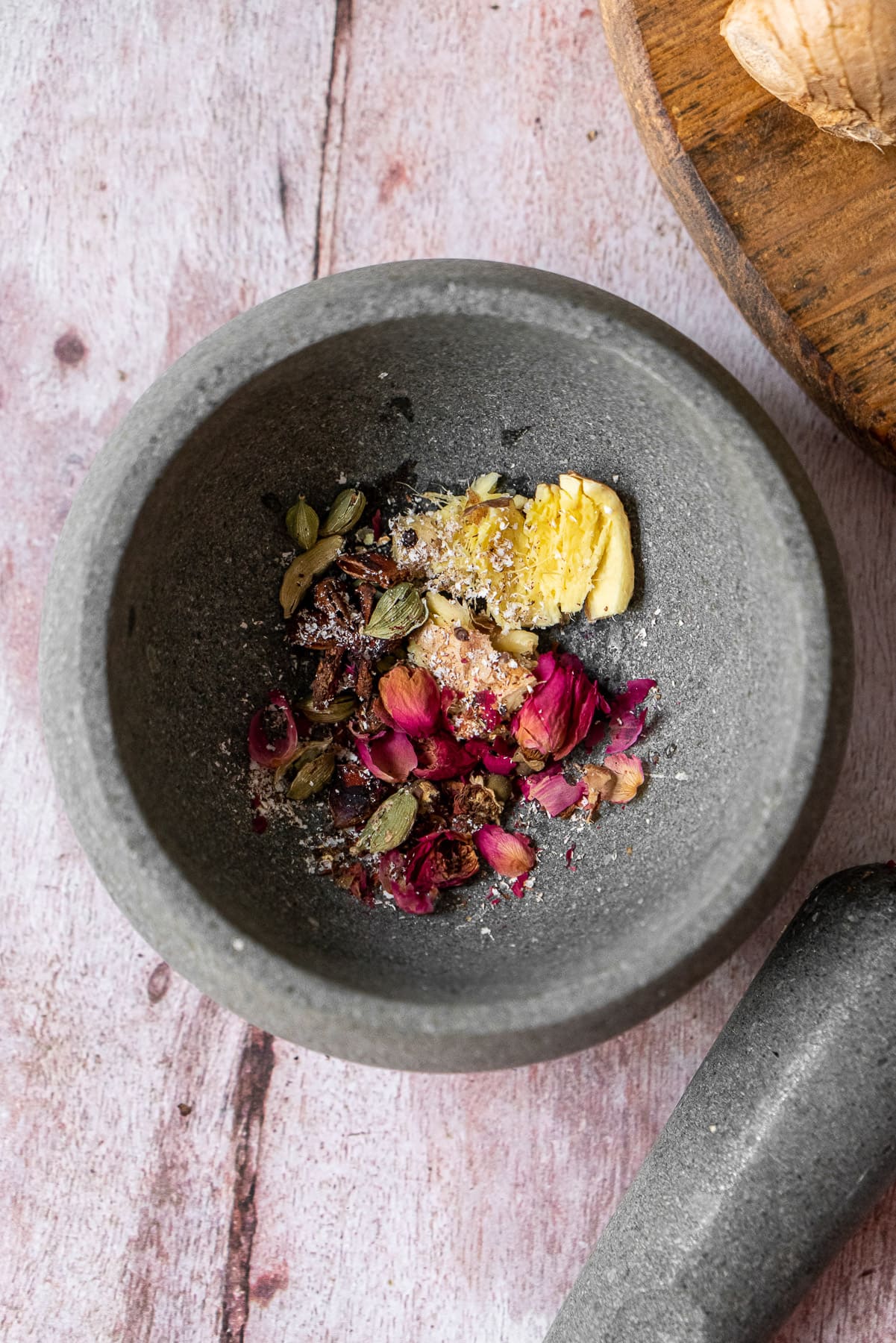
Spice Grinder

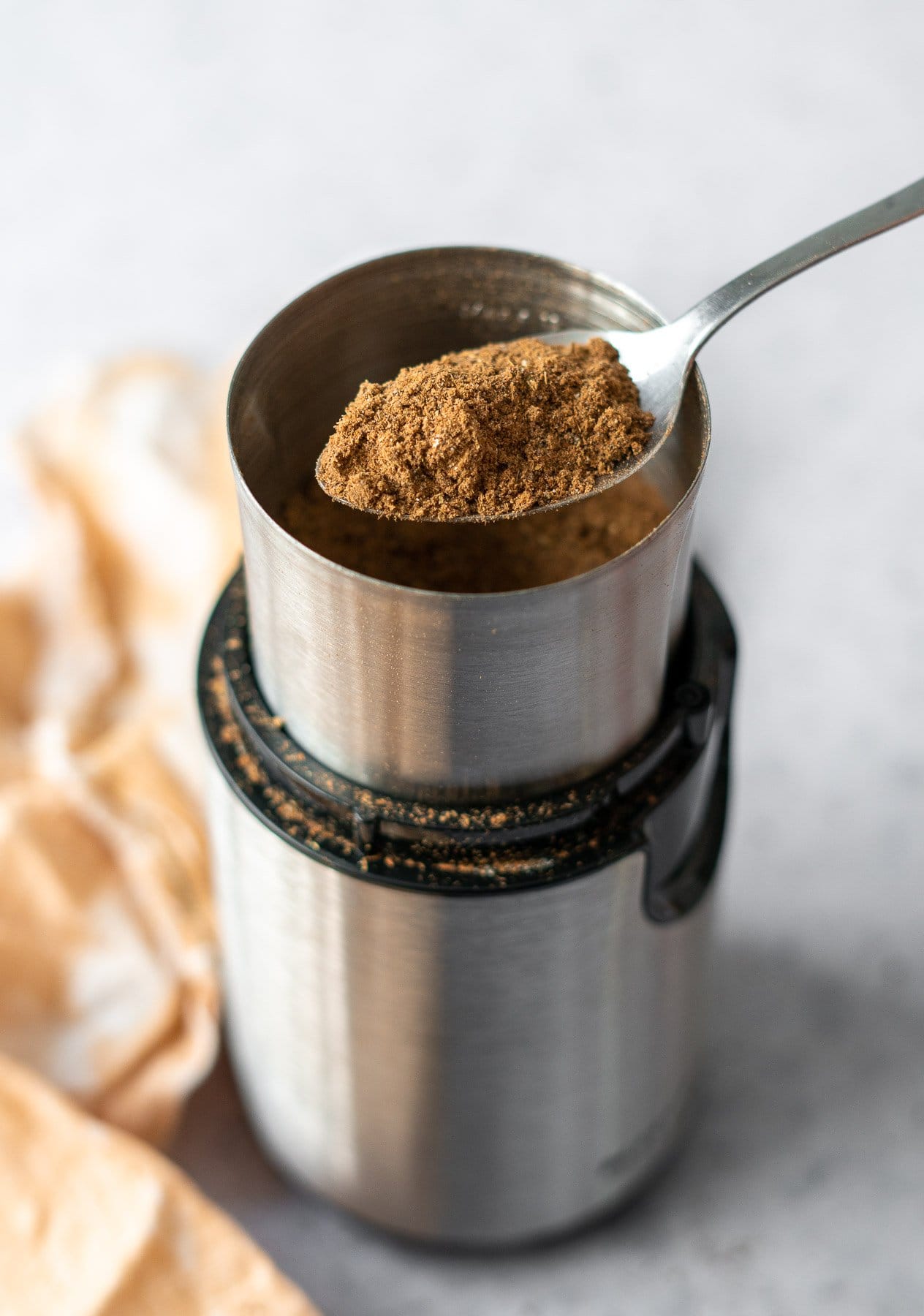
Masala Dabba
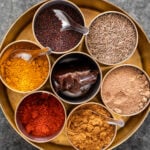
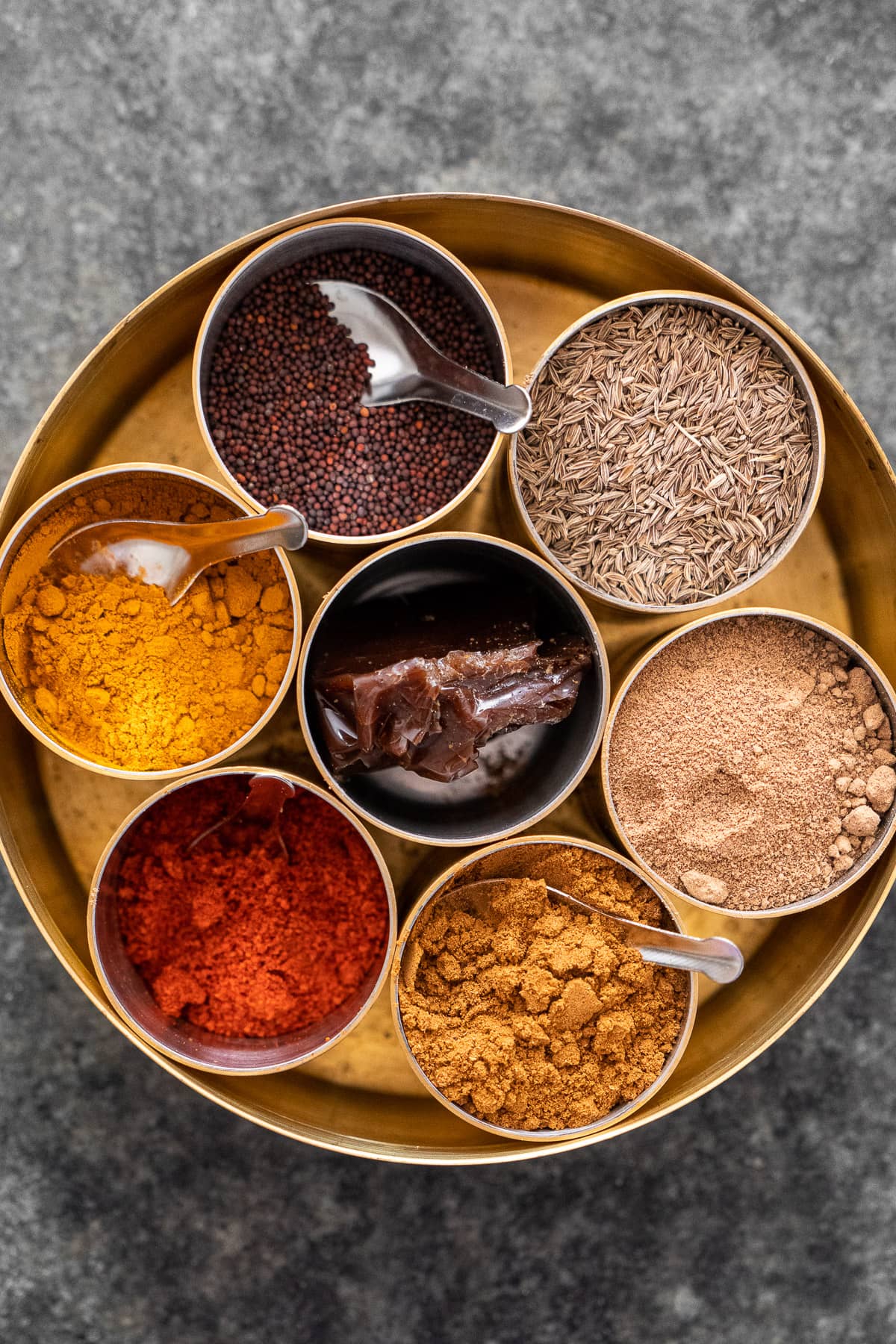
Spice Jars

Mason Jars

Tandoor
If you have the ability to have a tandoor in your backyard, please invite me over.
I've found that most Indian households don't really use their oven! Most things are cooked stovetop. However, tandoors are clay ovens that are lit with charcoal or wood and used for cooking or baking. Their temperature can sometimes reach 900°F and will stay pretty consistent for hours.
Tandoors can be used to cook meat like tandoori chicken or kebabs. It's also used to make naan by sticking the naan to the side of the tandoor. The absolute best part is with the food gets a little charred on the edges while they're also slightly smoked from the juices dripping.
Serveware
Kulhad
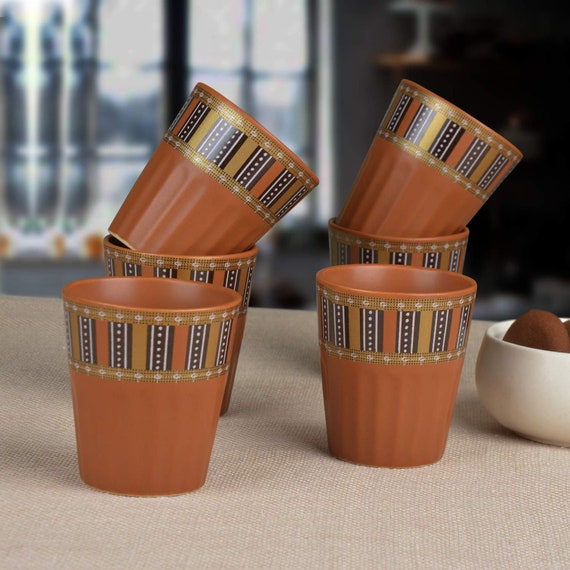
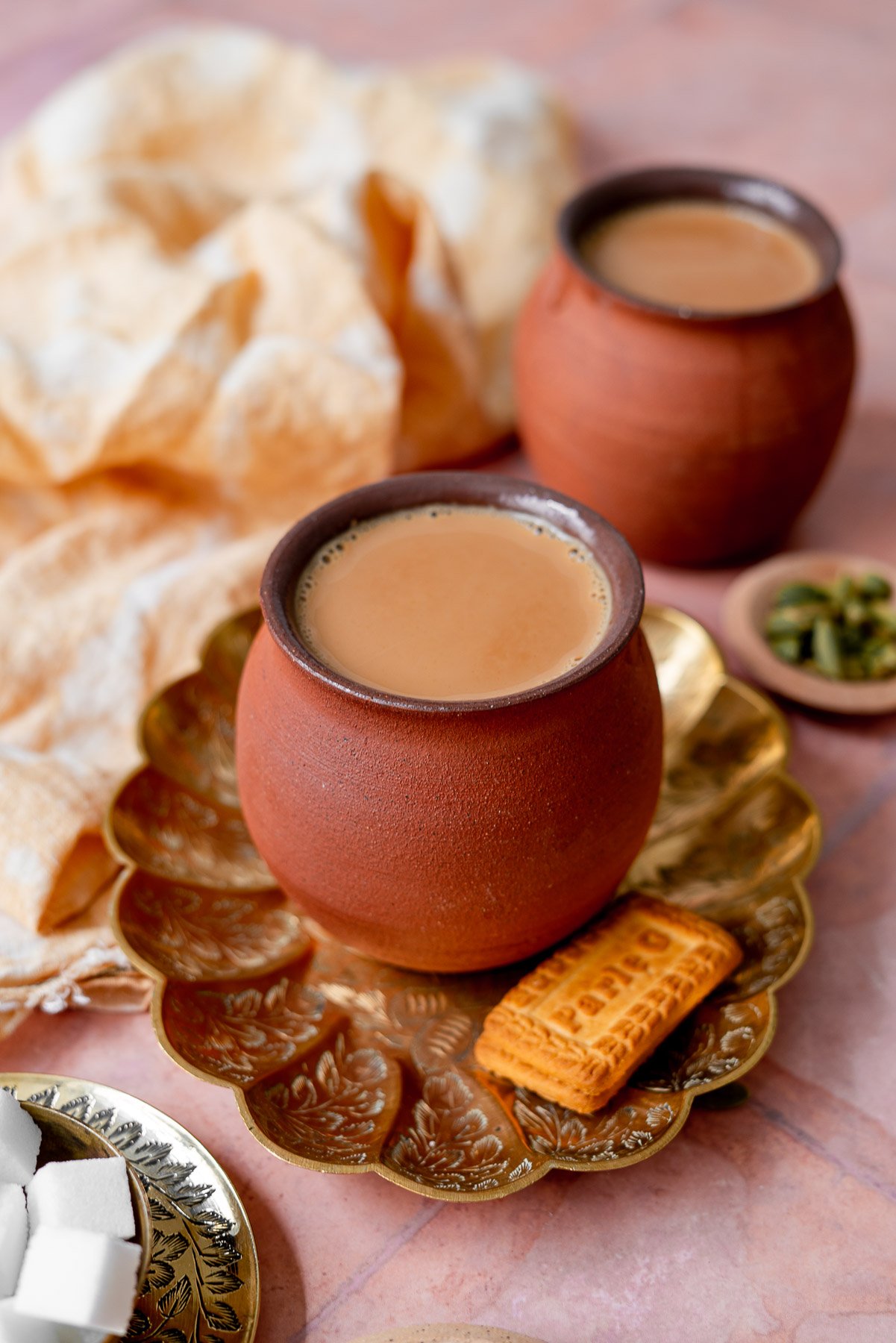
Lassi Glass
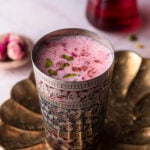
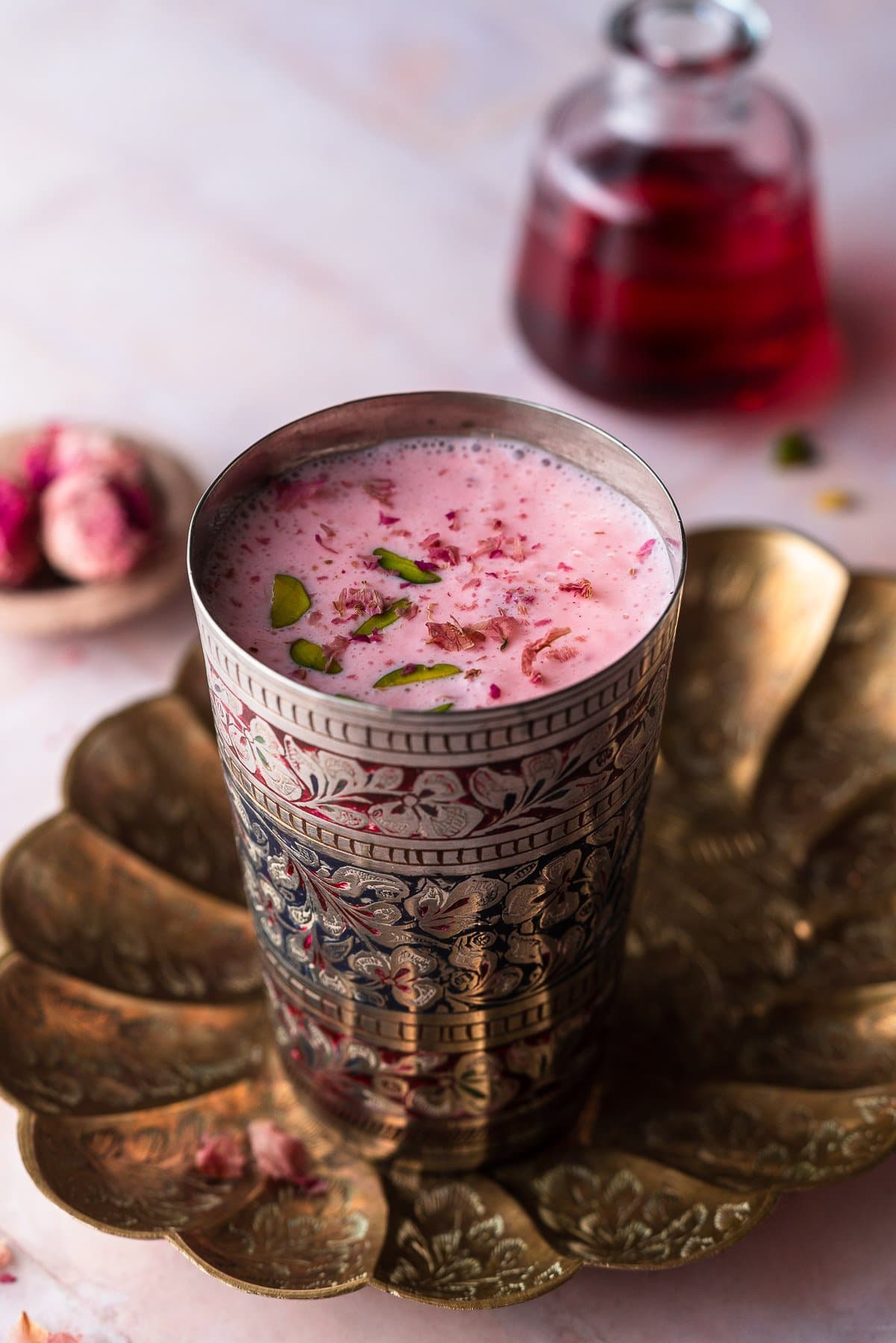
Karahi Serving Dish


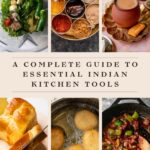
R Maheswara Reddy says
It is very useful to beginners in Hotel field
Thanks
Vivan V Saxenaa says
I loved this information but I don’t have a tandoor so what should I do?
Shweta Garg says
You don’t need one.
Mariel says
I thoroughly enjoyed reading through this. Thank you so much!
Shweta Garg says
Aww yay I’m glad!! 🙂